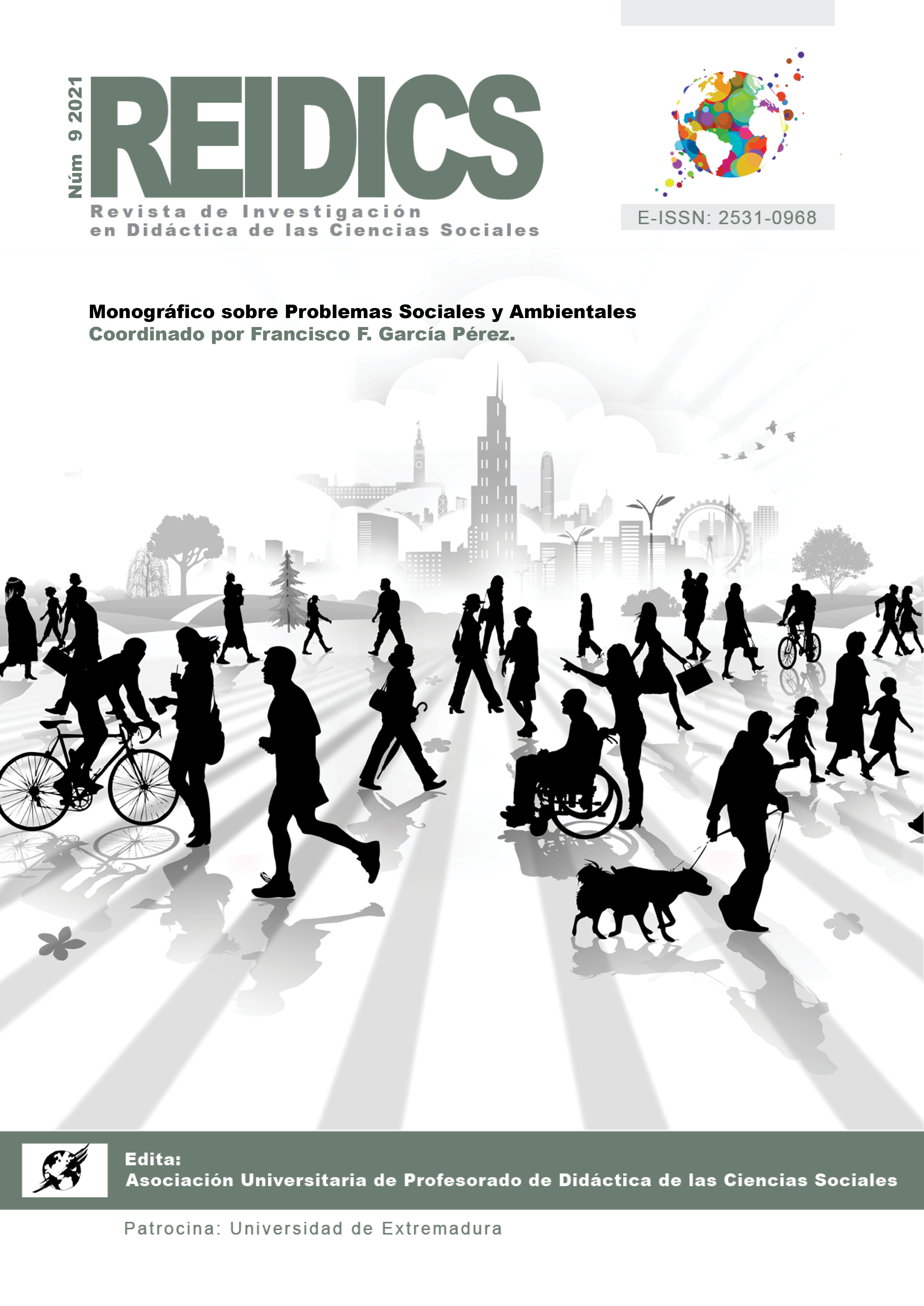The didactic use of the prosopography to teach and learn history. Towards the primary classroom
DOI:
https://doi.org/10.17398/2531-0968.09.223Keywords:
didactics, history, prosopography, social profile, teaching, learningAbstract
Is it difficult to create the appropriate circumstances for significant learning? Learning is the finality pursued. Teaching is the means to that finality. To do this, you must attend to the conditions that surround the entire process. A traditional way has been the theoretical class, even master classes. But there are other ways to design that learning environment. In the case of history, the narrative begins to be accompanied by practical approaches. And the use of prosopography and derived social profiles can help. Thus I propose a methodology more linked to the practice of history. Now prosopography and profile allow students to empathize with the work of the historian through discovery, research, selection, analysis, reflection and presentation of results. Initially conceived as a historical research tool, this didactic resource can be implemented in the practices of the university degree of teaching so that, in turn, these future teachers can establish a transfer to the primary classrooms and thus achieve in parallel an approach towards the history that is more motivating for students in both educational fields. The results can be really positive. Both will understand the history while working on its discovery. In addition, they will be able to develop interpretative syntheses and conclusions according to their own research.
Downloads
Published
Issue
Section
License
Aquellos autores/as que tengan publicaciones con esta revista, aceptan los términos siguientes:
- Los autores/as conservarán sus derechos de autoría y garantizarán a la revista el derecho de primera publicación de su obra, el cual estará simultáneamente sujeto a la Licencia de reconocimiento de Creative Commons 4.0 BY-NC-SA que permite a terceros compartir la obra siempre que se indique su autor y su primera publicación en esta revista.
- Los autores/as podrán adoptar otros acuerdos de licencia no exclusiva de distribución de la versión de la obra publicada (p. ej.: depositarla en un archivo telemático institucional o publicarla en un volumen monográfico) siempre que se indique la publicación inicial en esta revista.
- Se permite y recomienda a los autores/as difundir su obra a través de Internet (p. ej.: en archivos telemáticos institucionales o en su página web) antes y durante el proceso de envío, lo cual puede producir intercambios interesantes y aumentar las citas de la obra publicada. (Véase El efecto del acceso abierto).
- Los autores y autoras han respetado la política de autoría de esta revista.




